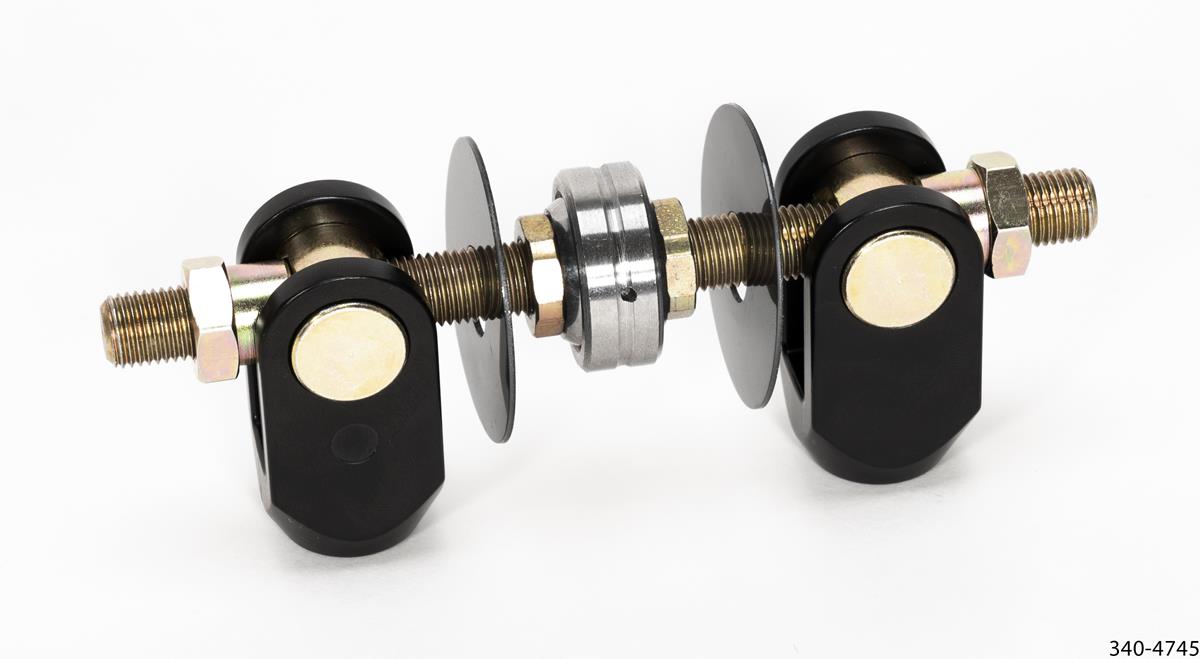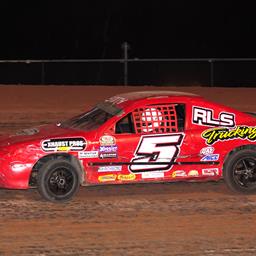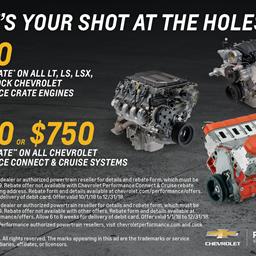

9/20/2018
WISSOTA
How Can Wilwood Help You?
Wilwood Tru-Bar Balance Bar Pedals and Brake Bias
Drivers have long realized the importance and necessity of being able to adjust brake balance during a race to stay competitive. Multiple factors can contribute to handling changes: track conditions, reduced rear weight due to fuel burn-off, tire wear, or simply not the right setup. Having the ability to adjust the brake bias to affect tire loading and handling under braking is sometimes the only option a driver has to improve his chances of winning throughout a race run.
Wilwood’s Tru-Bar Balance Bar Pedals are a departure from the traditional slide bearing-style balance bar pedals. In a slide bearing-style balance bar, adjustments cause the mono-ball pivot bearing to move back and forth within the pedal arm bore to affect static leverage changes between the two master cylinders. Slide bearing balance bars require a measured amount of side-play to prevent the bar from binding through the full range of pedal travel. While the slide bar bearing-type pedals are for the most part effective and useful, the built-in side-play in the bar bearing does not provide the same degree of absolute adjustment and accuracy as the Wilwood Tru-Bar Balance Bar.
The Wilwood Tru-Bar Balance Bar system uses a fixed position trunnion bearing in the center of the pedal arm, with spherical bearing rod ends on ends to attach the master cylinder pushrods. The center of the trunnion bearing is threaded for the balance bar. When the adjuster is turned, the threaded bar moves through the fixed mount bearing, rather than sliding the bearing back and forth within the pedal arm bore. This design eliminates all of the side-play inherent in the slide bearing balance bars to deliver the highest degree of accuracy and consistency possible for mechanically leveraging the static bias between the front and rear circuits.
Typical slide bearing balance bars use a 3/8” diameter, 24 thread-per-inch bar. The Wilwood Tru-Bar Balance Bar system uses a larger and stronger 7/16” diameter bar with 20 threads-per-inch pitch. While the strength increase in the larger diameter bar may be obvious, a subtler difference is the fact that the coarser 20 thread-per-inch pitch on the Wilwood Tru-Bar Balance Bar moves the balance bar by .050” per turn. The 24 thread-per-inch pitch 3/8” bar will only move it .042” per full turn. This may not sound like much, but that’s nearly a 20% increase in change per turn. That’s not to say that each turn changes the overall static front-to-rear bias by 20%, but that the amount of change per individual turn is 20% higher. The net result is the driver feeling a more positive and slightly increased change with each full turn of the Wilwood Tru-Bar, as compared to one full turn of the slide bearing balance bar. That degree of change, coupled with the elimination of all the side-play, gives the driver the truest feel with absolute response when using the balance bar to mechanically leverage the brake bias.
Regardless of which type of balance bar is used, the balance bar and pedal are most mechanically efficient and consistent through the full range of pedal effort when the balance bar can be run in an essentially neutral or centered position. That scenario also decreases the chances of anything ever going into a bind. The balance bar should not be considered as the responsible party for building all of the required bias into the car. It should be considered as the tool used to make incremental, fine-tuning adjustments to the bias to compensate for handling under changing conditions. The static bias needs be built into the car with the appropriate amount of split in the sizes between the front and rear master cylinders, or by splitting the caliper piston sizes front-to-rear. There is no set standard here for master cylinder and caliper piston sizes. The final combination must be arrived at on an individual basis. The bottom line here is, any driver that constantly has to set the balance bar heavily leveraged to one end or the other to have the car behave under braking and deceleration, needs to consider changes in the hydraulic components. This is critical in order that the mechanical adjuster, the balance bar, can be run close to the center of its travel to be most mechanically efficient. Following these guidelines will always result in the best overall balance and consistency in the brake system. Using a Wilwood Tru-Bar Balance Bar pedal will assure the most precise and consistent adjustments, and positive feel with immediate response to the driver. For those that may already use Wilwood pedals, it is not necessary to replace the entire pedal assembly to update to the Tru-Bar Balance Bar system. Direct replacement brake pedal arm kits, featuring the Tru-Bar Balance Bar assembly, are available for all of the popular pedal models. If you have questions, call Wilwood at 805-388-1188.
Submitted By: Carson Gramm





